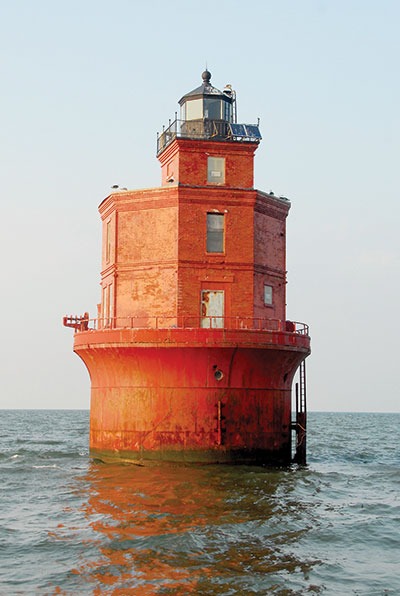
History
Mathews County was an established shipbuilding center for the Chesapeake Bay when it broke away from Gloucester in 1791 to become a separate county.
About that time, 12 sailing ships over 20 tons each were built in a single year in Mathews, which the Chiskiake Indians had called Werowocomico.
Between 1790 and 1820, approximately a third of ships built in Virginia came from Mathews. The sharp, fast vessels, popularly known as Baltimore Clippers, were built throughout the Chesapeake Bay region. Before the War of 1812, these fast ships were simply known as “Virginia built.”
From 1802 to 1844, Mathews was an official port of entry for the registration and enrollment of ships. During this period, 10,000 vessels called at the “Port of East River.” The customs house stood at Williams Wharf (marker 13), which was a center of maritime activity until the steamers quit running in the 1940s.
The last remaining steamboat line, the Old Bay Line, stopped its York River to Baltimore run in 1942. About 20 years later, the Old Bay Line dropped passenger service between Baltimore and Norfolk. The steamers stopped for good in the spring of 1962.
Mathews has a population of around 8,900. While it is Virginia’s second smallest county with only 87 square miles, it has more miles of shore than any other Rivah county and some of the area’s best public access.
Government
Most county government offices are in Liberty Square at 10604 Buckley Hall Rd, Mathews, 725-7172 or www.co.mathews.va.us. The sheriff’s office can be reached at 725-7177.
For Visitors
The Mathews County Visitor and Information Center is in historic Sibley’s General Store at 239 Main St. 725-4229.
By the Numbers
Population: 8,978 (2015 estimates)
Land Area: 87 square miles
Water Area: 166 square miles
Established: 1791
Did you know?
- George Snediker of Long Island introduced the first pound net on the Chesapeake Bay in 1875 and constructed a large pound net in the waters of Mathew’s Mobjack Bay.
- Earl Hudgins of Mathews invented the purse pocket used on modern haul seine fishing nets, enabling fishermen to close the pocket so fish could not escape.


